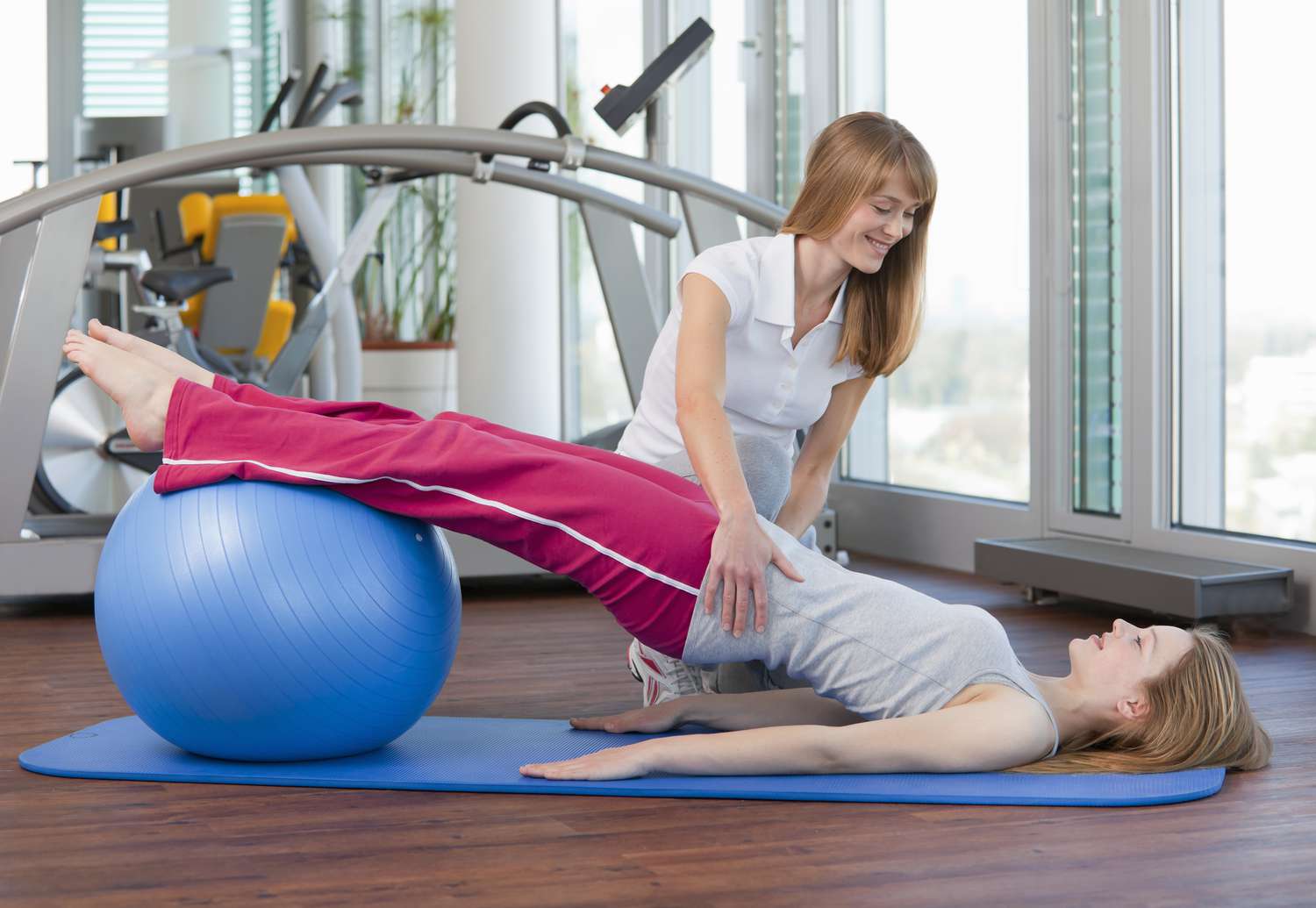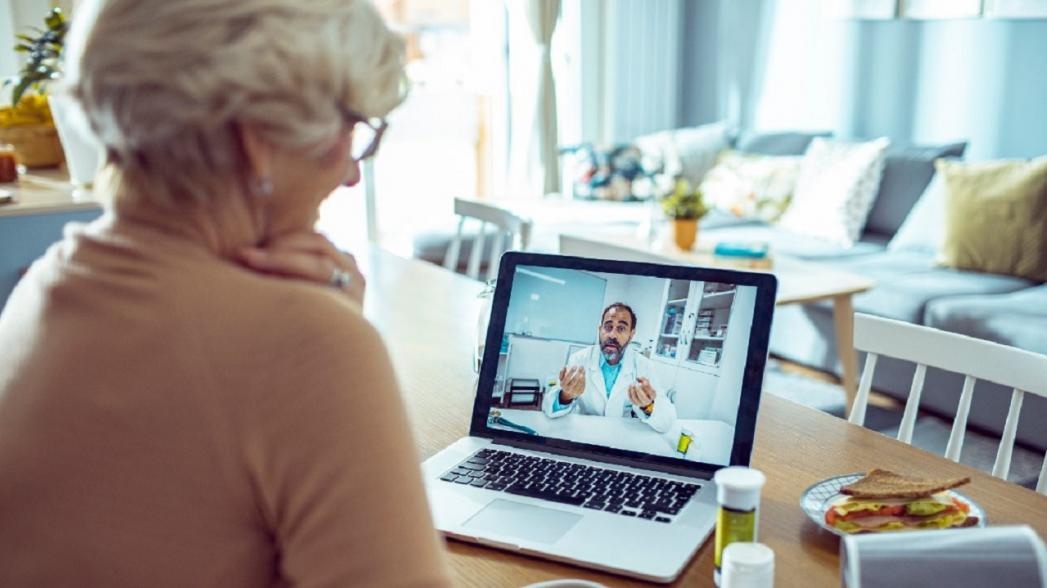As we age or experience mobility issues, our homes can become barriers to independence. Simple tasks like bathing, cooking, or navigating stairs can become daunting challenges. However, with some creativity and DIY know-how, you can modify your home to improve accessibility and safety. In this post, we’ll explore some practical and budget-friendly DIY home modifications to help you create a more accessible and inclusive living space.
Assessing Your Home’s Accessibility:
Before starting any DIY project, it’s essential to assess your home’s accessibility. Consider the following:
- Entrances and doorways: Are they wide enough for easy passage?
- Stairs and hallways: Are they well-lit and free from tripping hazards?
- Bathrooms and kitchens: Are they accessible and safe for use?
DIY Home Modifications for Accessibility:
- Install grab bars: In bathrooms, hallways, and stairways to provide support and balance.
- Widen doorways: Remove doors or widen doorframes to improve wheelchair access.
- Create a roll-in shower: Convert a bathtub into a roll-in shower for easier access.
- Improve lighting: Install brighter light bulbs, motion-sensing lights, or LED strips to reduce tripping hazards.
- Secure rugs and mats: Use double-sided tape or non-slip underlays to prevent slipping and falling.
- Modify kitchen cabinets: Install pull-out shelves, lazy susans, or adjustable-height countertops for easier access.
- Create a wheelchair ramp: Build a ramp or install a prefabricated one to improve outdoor accessibility.
Tips and Considerations:
When tackling DIY home modifications, keep the following in mind:
- Consult professionals: If you’re unsure about any aspect of the project, consult a contractor or accessibility expert.
- Follow safety guidelines: Wear protective gear, use proper lifting techniques, and ensure the work area is clear of debris.
- Research local building codes: Familiarize yourself with local building codes and regulations before starting any project.
- Prioritize your needs: Focus on the most critical modifications that will improve your daily life.
Here are some DIY projects to improve your home’s accessibility:
Conclusion:
DIY home modifications can significantly improve accessibility and independence. By assessing your home’s needs and tackling these practical projects, you can create a safer and more inclusive living space. Remember to consult professionals when needed, follow safety guidelines, and prioritize your needs.
If you’re looking for more information on DIY home modifications or need assistance with accessibility projects, contact Great Care Provider today. Our team is dedicated to helping you create a safe and accessible home.





